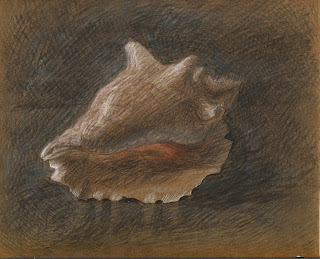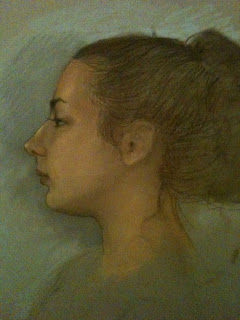Department of Psychology, University of California, Los Angeles (UCLA), California, USA
Art, as language, is grounded in symbolic and abstract cognition which are supported
by the unique neural wiring of the human brain. Such cognition is central to human
communication, whether through the arts, spoken language, body language or facial
expressions, all because of the access to many forms of mentally stored meanings and
knowledge. The more abstract a notion becomes, the more it can incorporate into it
different dimensions of concepts, details and categories (Liberman and Trope, 2008).
Abstract symbols condense levels of meanings and details derived from life’s experiences
into efficient mental conceptual conglomerates. Thus, symbolic thinking is a powerful
source for myriad of interpretations, associations, innovations and creativity and it is one
of the hallmarks of the human mind.
Biographical note: Dahlia W. Zaidel is a neuroscientist and professor in the department of psychology faculty, in the University of California at Los Angeles (UCLA). She obtained her PhD in 1982 at UCLA. She has been researching and publishing journal articles on memory in the brain, hemispheric specialisation, facial beauty and issues in art and brain. She is a member of the Brain Research Institute at her university, and has authored the book, Neuropsychology of Art: Neurological, Cognitive, and Evolutionary Perspectives (2005).


















